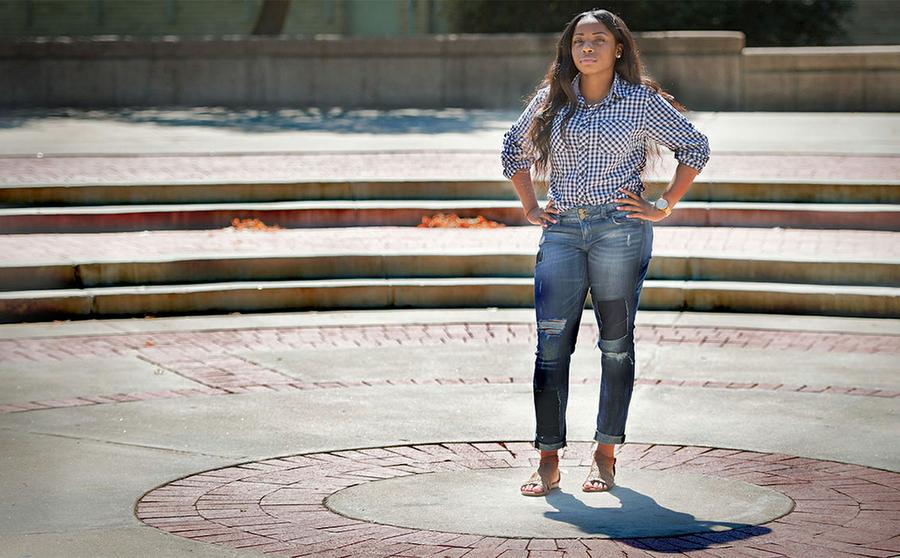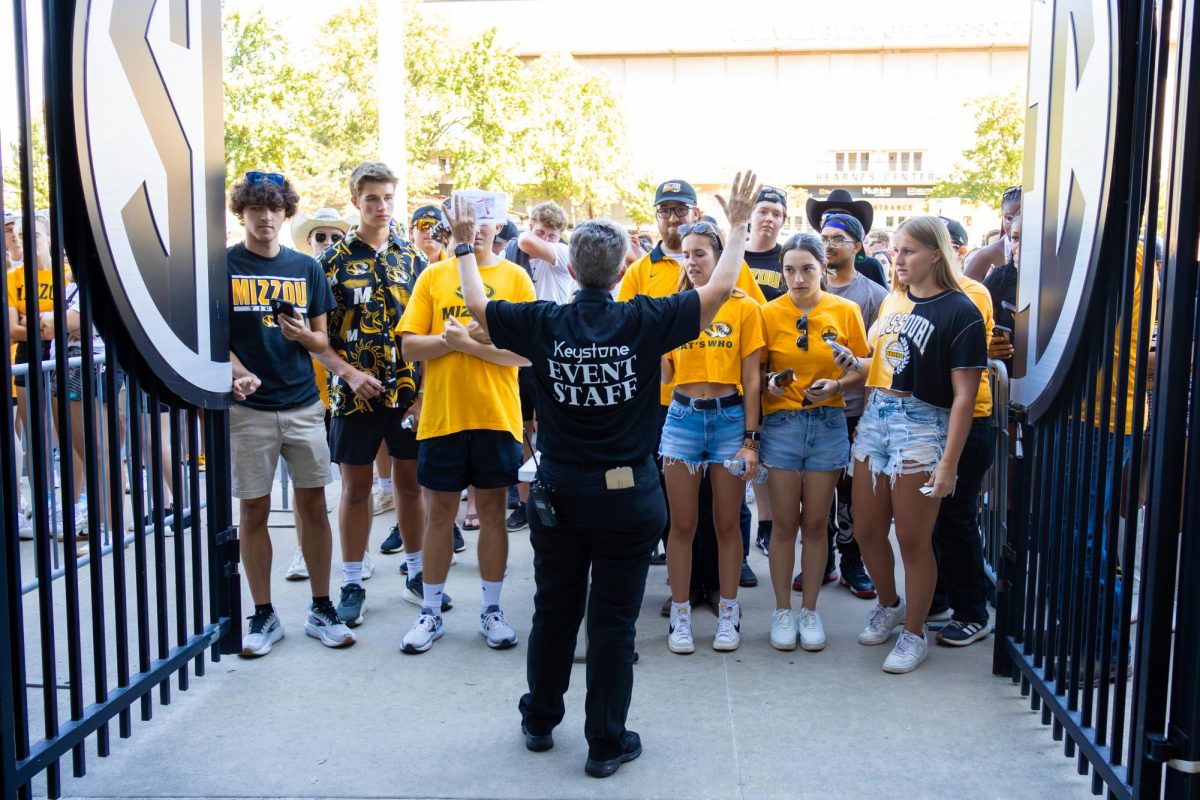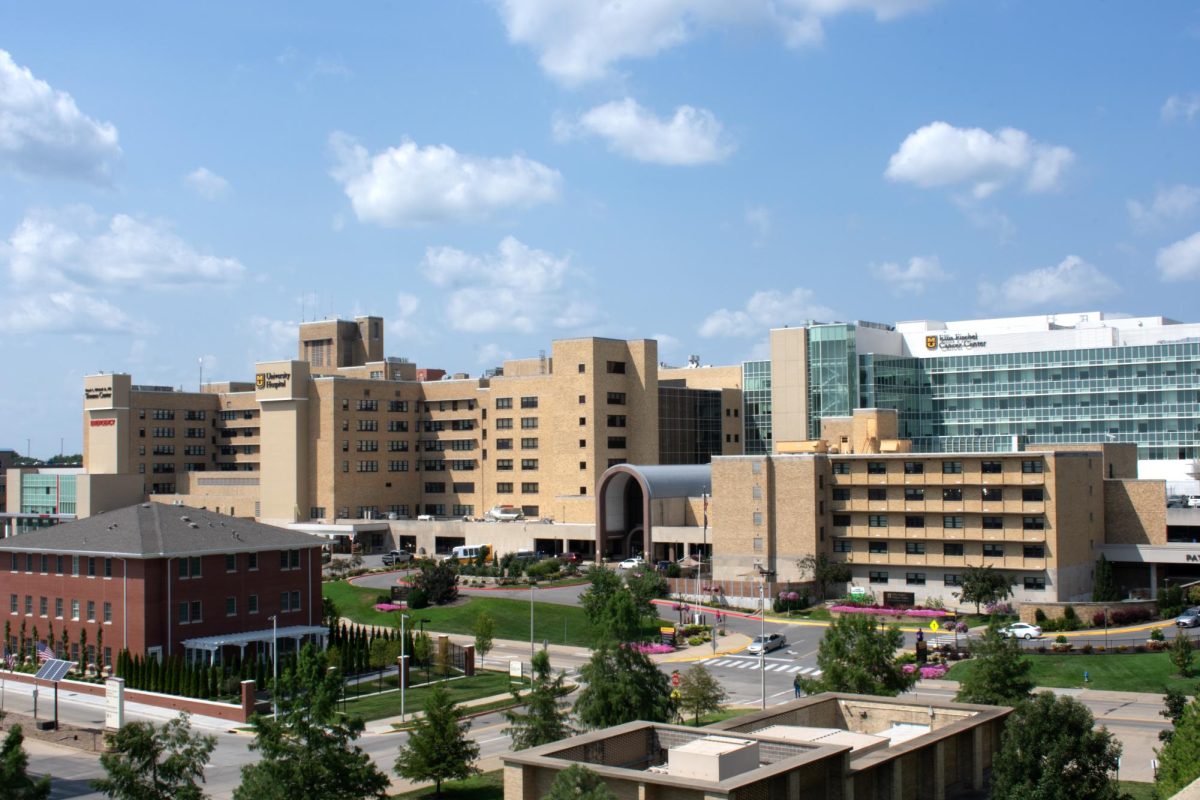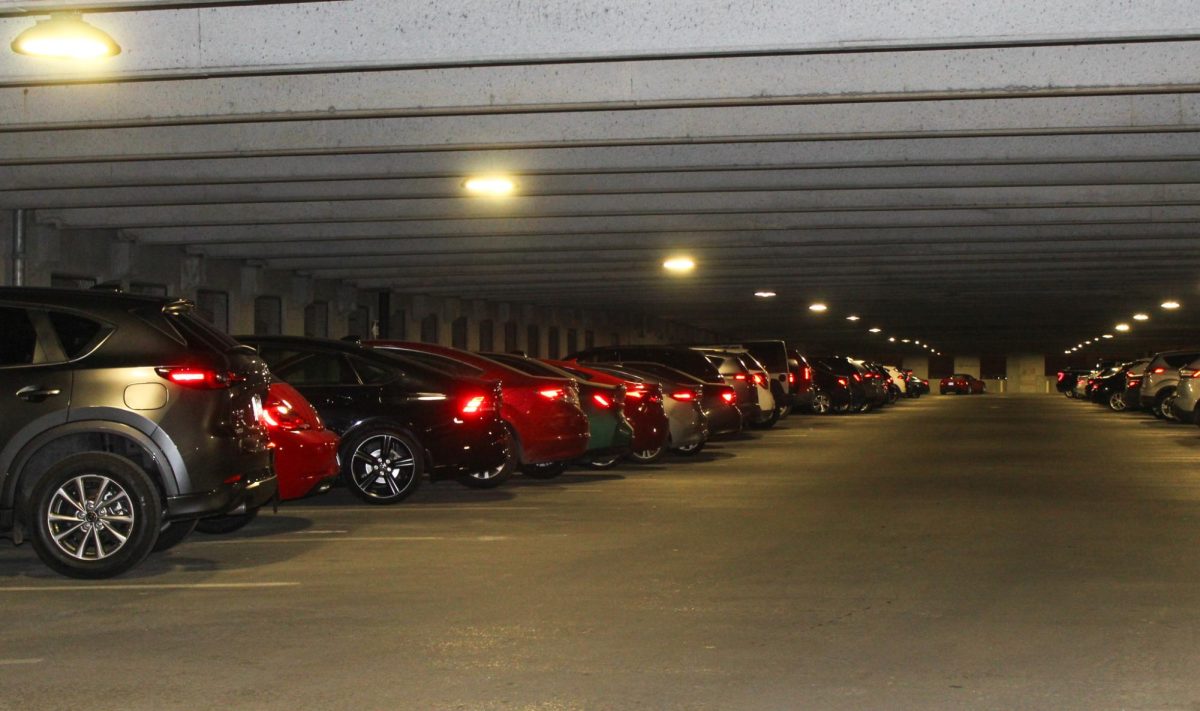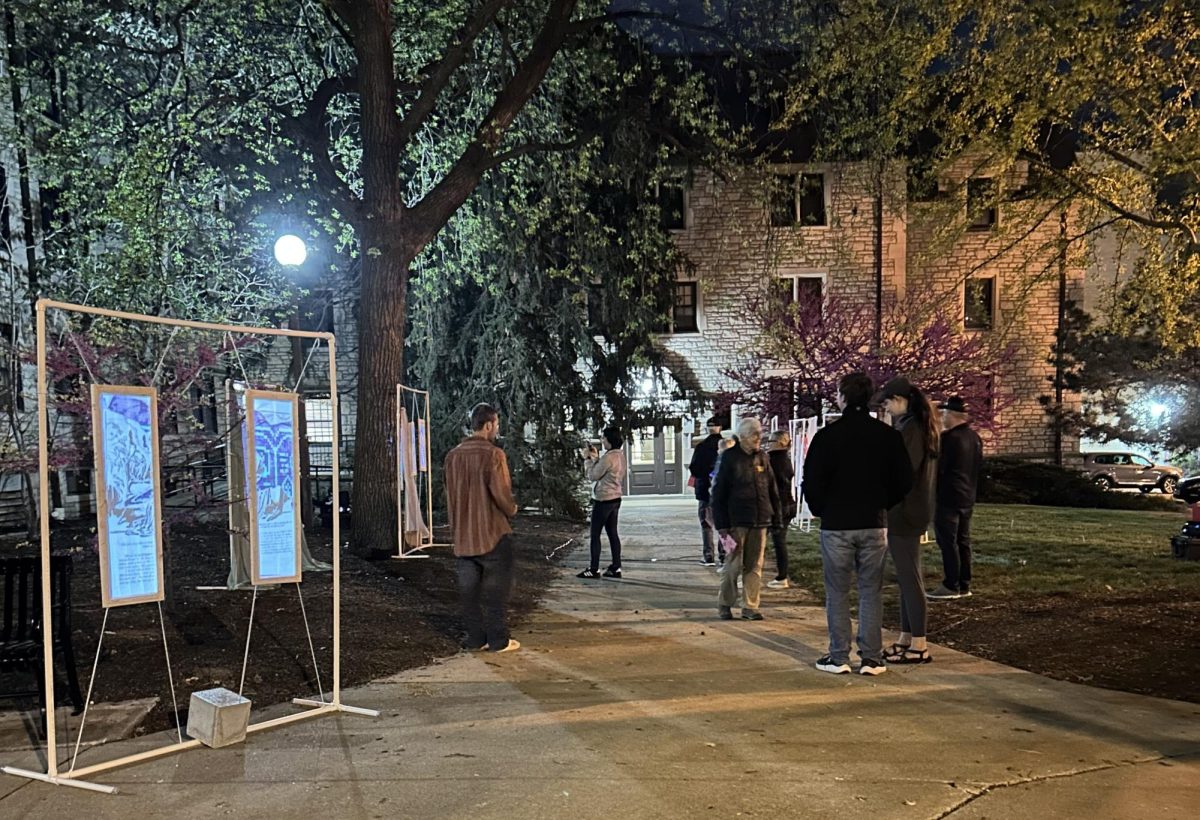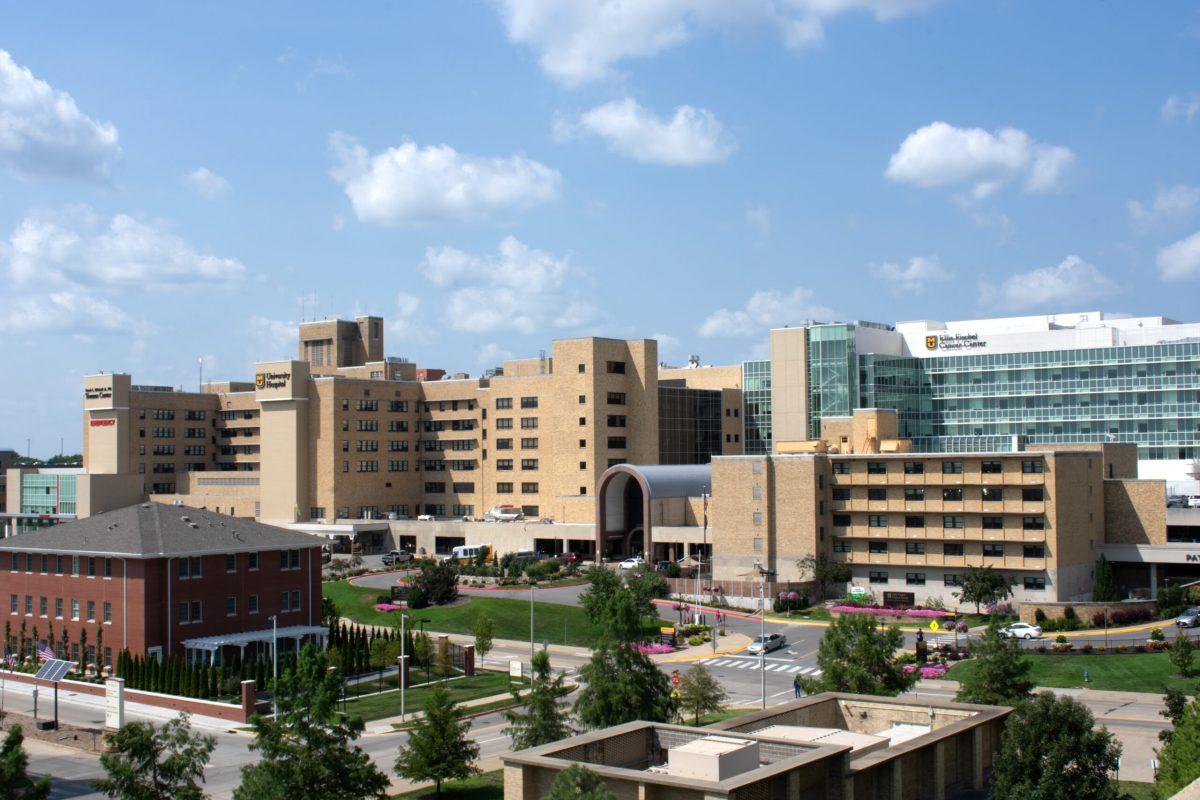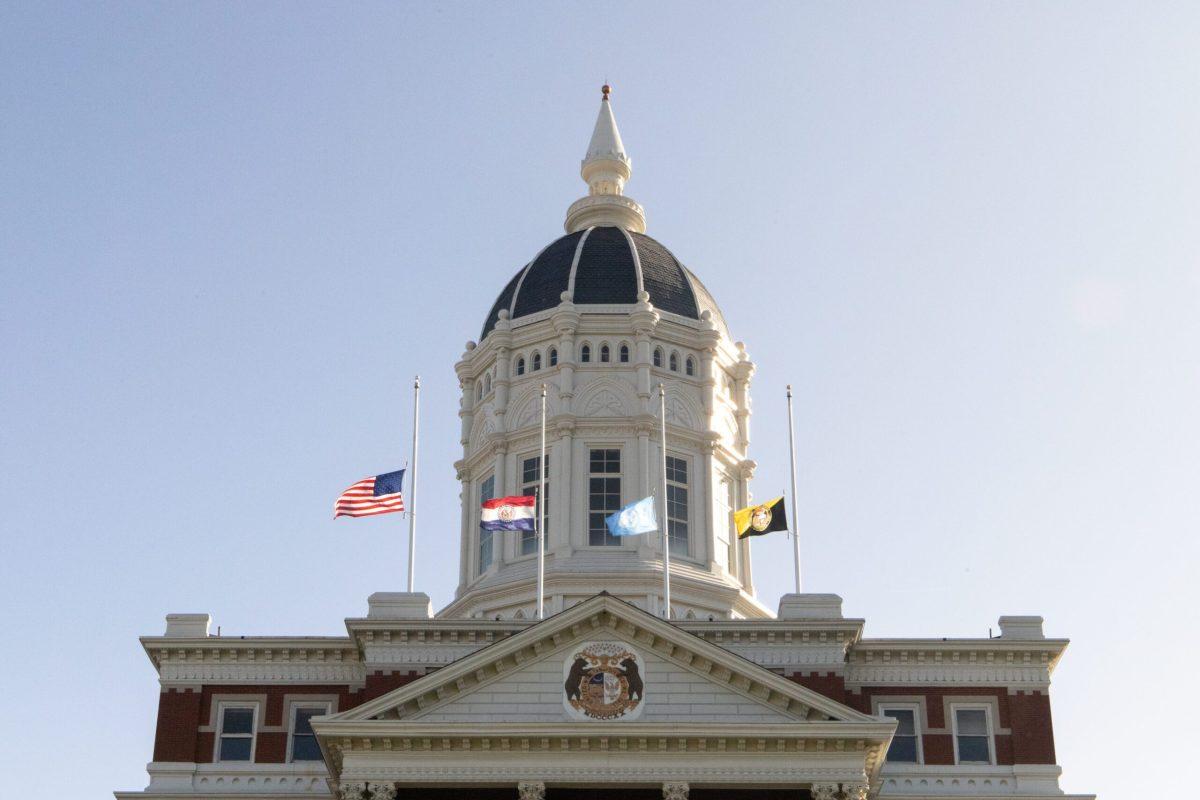Violence. Murder. Poverty.
These are all words that are associated with the South Side of Chicago; they are realities that kids who live there must face on a daily basis.
But Razia Hutchins, now an MU freshman, wanted to associate a new word with the South Side of Chicago: peace.
Hutchins was born and raised on the South Side, where she said she was exposed to violence nearly every day from a young age.
She recalled returning home from a family vacation in Wisconsin to half her street blocked off. Earlier that day, a man had killed another man over an argument about a girl.
While that memory in particular stands out to her, Hutchins said she has countless other childhood memories involving violence.
“It’s everyday,” she said. “Even if you don’t know the person (who died), you know someone who knows that person. Everyone gets affected.”
With all the gun violence swirling around her, Hutchins constantly worried about whether her classmates would be in school the next day. But Hutchins’s worrying was unique. Many other students at her school became apathetic and immune to the constant violence.
Hutchins remembered having a discussion in one of her classes about a student who was killed after a high school basketball game.
“This is Chicago, what do you expect?” someone called out during the discussion.
That reaction, or the lackthereof, left Hutchins in shock. She said apathy toward gun violence was a common occurrence.
“The way they were thinking was just sick,” Hutchins said. “How could you think that way? How could you just feel nothing? That’s somebody’s son, or nephew or cousin.
“They just thought of it as another day in Chicago.”
Hutchins refused to let those apathetic feelings proliferate throughout her community. She decided to take action.
In 2013, Hutchins approached the principal of her school, Angela Brooks-Rallins, with an idea: She wanted to bring students together from all across Chicago through a peace march.
Hutchins describes her methods as “very Malcom X”; her vision was to bring every high school in Chicago on the march.
Brooks-Rallins, however, had other plans. She only wanted students from her high school, Perspectives Charter School, to participate. She wanted Hutchins to apply for a permit in order to march. She even wanted Hutchins to ensure that she marched on the sidewalks instead of the streets.
“We were going through a more peaceful way about it,” Hutchins said. “I was like, ‘Lady, you’re ruining my vision.’ But in the end it turned out really well.”
Hutchins called her movement, “I Am For Peace.” She organized the marches on the last day of school each year because she wanted to see the participants abstain from gun violence over the summer and extend the peace into the next school year.
“The summer in Chicago, that’s when everyone is out and looking for something to get into,” Hutchins said. “And sometimes what they get into is negative. It’s a nasty way to use their time.”
In 2013, 500 people came to the first “I Am For Peace” march. The movement only grew from there. Two thousand people marched in 2014, and in 2015, nearly 3,000 people participated in the initiative.
Prominent public figures such as Chicago Mayor Rahm Emanuel, singer and actress Jennifer Hudson and U.S. Secretary of Education Arne Duncan, have come to the marches to support Hutchins’ movement. Hutchins said that this year, a group from a church in Tennessee drove all the way to Chicago just to participate.
“I felt like the movement in itself is so powerful, so why wouldn’t you want to join?” Hutchins said. “But I never thought that it would grow continuously.”
In 2014, her initiative became even more visible as two former producers of the Oprah Winfrey Show turned the 2014 march into a documentary. One of the founders of her school, Diana Shulla-Cose, wanted to make sure that the discussion about violence in Chicago lasted longer than one day.
Hutchins and Shulla-Cose went to churches and corporations throughout Chicago to fundraise the $35,000 she needed to produce the film. They were able to raise the money, and the film premiered on May 29, 2015 — a week before Hutchins marched again June 5.
“It was very moving just to see that this one little idea grew to become this big thing,” Hutchins said. “I felt so honored to be a part of it.”
Hutchins, a communications major, plans to return to Chicago after she graduates to continue advocating for peace because she knows that her fight against violence is far from over.
Just two weeks ago, Hutchins’s 59-year-old cousin was gunned down as he brought in groceries into his house. She still hears of kids in her neighborhood being shot and killed as they walk to school, walk home from school or even as they wait for the school bus.
“Even now, even though I’m at Mizzou, I still worry about my family in Chicago,” Hutchins said. “Because it can happen at any time, any moment. You just have to be at the wrong place at the wrong time.”
Hutchins plans on continuing her involvement in social justice issues during her time at MU. She has not been on campus for long, but she already identified race as the issue she wants to tackle next.
“I tell people, ‘You cannot blame people for the way they think because this hatred has been passed down from generation to generation,’” Hutchins said. “But at the same time, if you don’t like the diversity, maybe you need to leave because we’re here and we’re going to make a difference.”


